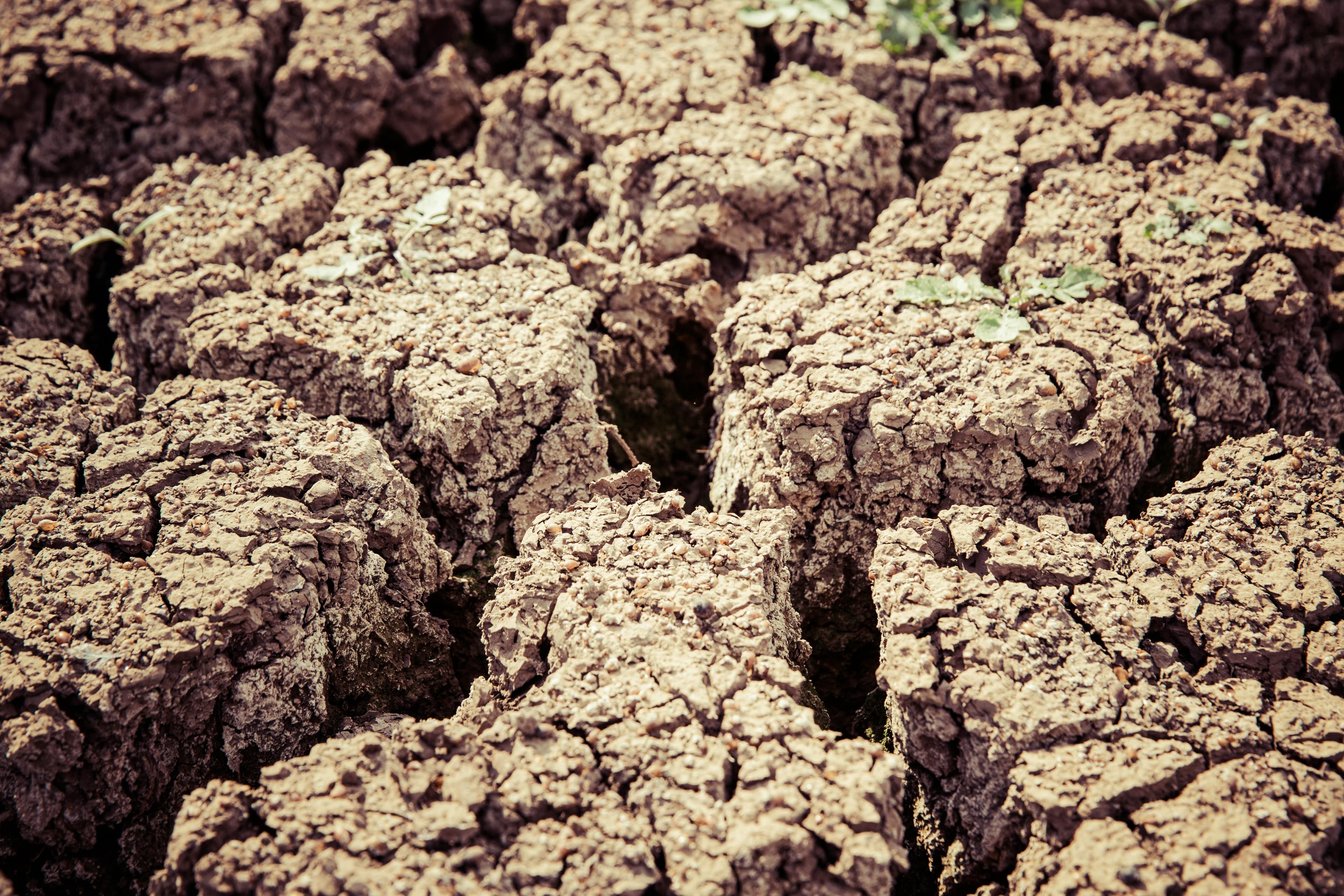
Charity Afeti
Research Assistant
Commodities


Charity Afeti
Research Assistant
Southern African sugar producers, Zambia, Zimbabwe, and Malawi, are experiencing a severe drought due to the El Nino weather phenomenon. El Nino (forecasted to continue until April 2024) has brought unusually high temperatures and below-average rainfall in the three countries since 2023-Q4. The drought has significantly affected agriculture, limiting water supplies and irrigation systems. Despite being milder than the 2015 El Nino, experts have classified the current drought as strong and could adversely impact various crops in 2024.
Zambia recently declared drought a national disaster, with nearly half of the crop acreage severely stressed. Southern Zambia, where Zambia Sugar (the country's largest sugar producer) is located, is among the worst-hit areas. A prolonged drought will negatively affect the recharge system for the Kafue River, which supports cane development at the Nakambala and Kafue estates.
Likewise, Zimbabwe received barely any precipitation during the rainy season, which normally runs from October to March. Water volumes in the Tugwi Mukosi and Mutirikwi dams, the primary source of irrigation water for Hippo Valley and Triangle sugarcane estates, have steadily declined. As of March 18, 2024, Tugwi Mukosi, Mutirikwi, and Manyame were 83.5%, 96.0%, and 93.6% full, respectively. The volume is still relatively high but marginally below the levels recorded during the first week of March.
On the other hand, Malawi’s sugar sector is experiencing contrasting weather patterns. Northern Malawi is receiving significant amounts of rainfall, particularly in the Nkhotakota district, where Illovo's Dwangwa mill is located. However, the southern parts of the country are alarmingly dry. Sugar production at the Nchalo factory could be adversely affected if the drought persists.
Sugarcane in these countries is mainly irrigated, with the irrigation systems relying primarily on hydroelectric power. A decline in reservoir water volumes due to the drought would mean a shortage of electricity needed to run the irrigation pumps. The Kariba dam (Zambia and Zimbabwe’s primary source of hydropower) is currently about 14.16% full, a notable decrease from 18.25% in March 2023. Last month, the Zimbabwe National Water Authority (ZINWA) said water volumes in Zimbabwe's major dams were declining due to increased farmer demand for water to sustain the summer crop. The continued decline in water supplies could hamper irrigation, cultivation, and cane sugar production for the 2024/25 season.